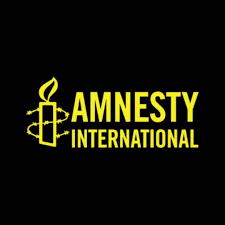The Crisis
The ongoing crisis of missing and murdered Indigenous women, girls, and two-spirit people in Canada is deeply rooted in the country’s colonial history and systemic inequities. This tragic reality has devastated countless families and communities, underscoring the urgent need for awareness and action.
In a report by the Canadian Centre for Justice and Community Safety Statistics, they found that “Violence against Indigenous peoples reflects the traumatic and destructive history of colonialization that impacted and continues to impact Indigenous families, communities and Canadian society overall” this continuing racism has been given space to thrive in Canada and has been happening for generations.
From the official 18 women, all but one were indigenous and none of them have been solved. In Canada indigenous women are six times more likely to be a victim of violent crimes. With statistics showing that almost 45% of missing people cases in Canada are indigenous despite them only representing 16% of the population. (CBC Canada – news)

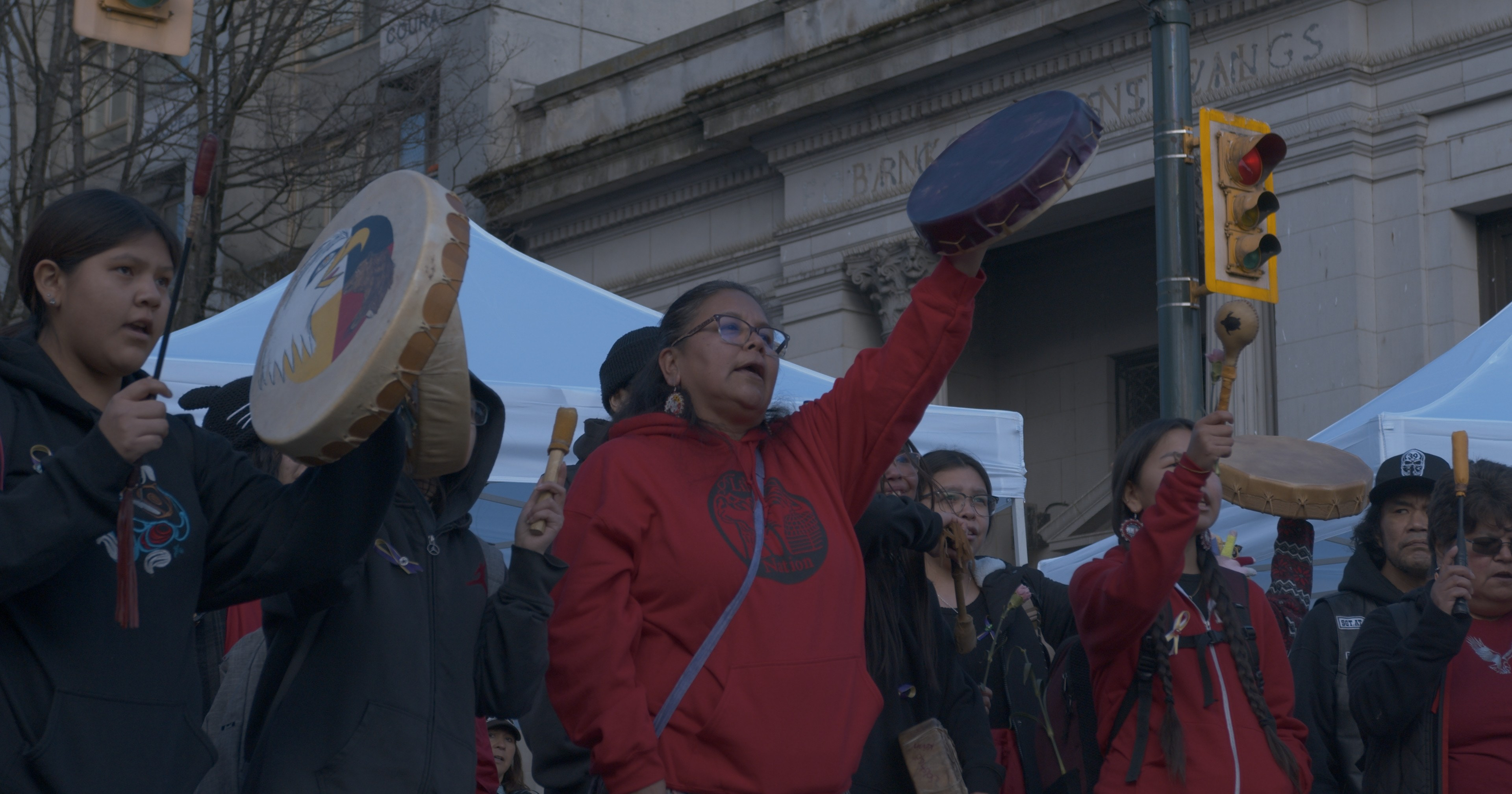
The Highway
The Highway of tears, a 447-mile-long road between Prince George and Prince Rupert British Columbia Canada. The location of thousands of violent crimes, specifically against indigenous women.
Official number say since 1969 there’s been 18 missing and murdered women cases along the highway, the reality is much higher.
The latest national inquiry details 40 cases, with many more being risen every day. I saw the reality of this first hand through the people I met and interviewed in Vancouver and was heartbroken at the enormity of the situation.
Due to the highway’s geography connecting many isolated indigenous reservations to the big city, many people must rely on hitchhiking to reach essential resources. A risk that all are aware of but have no other choice. The communities are forced to fend for themselves with police mishandling, disregarding, and covering up their
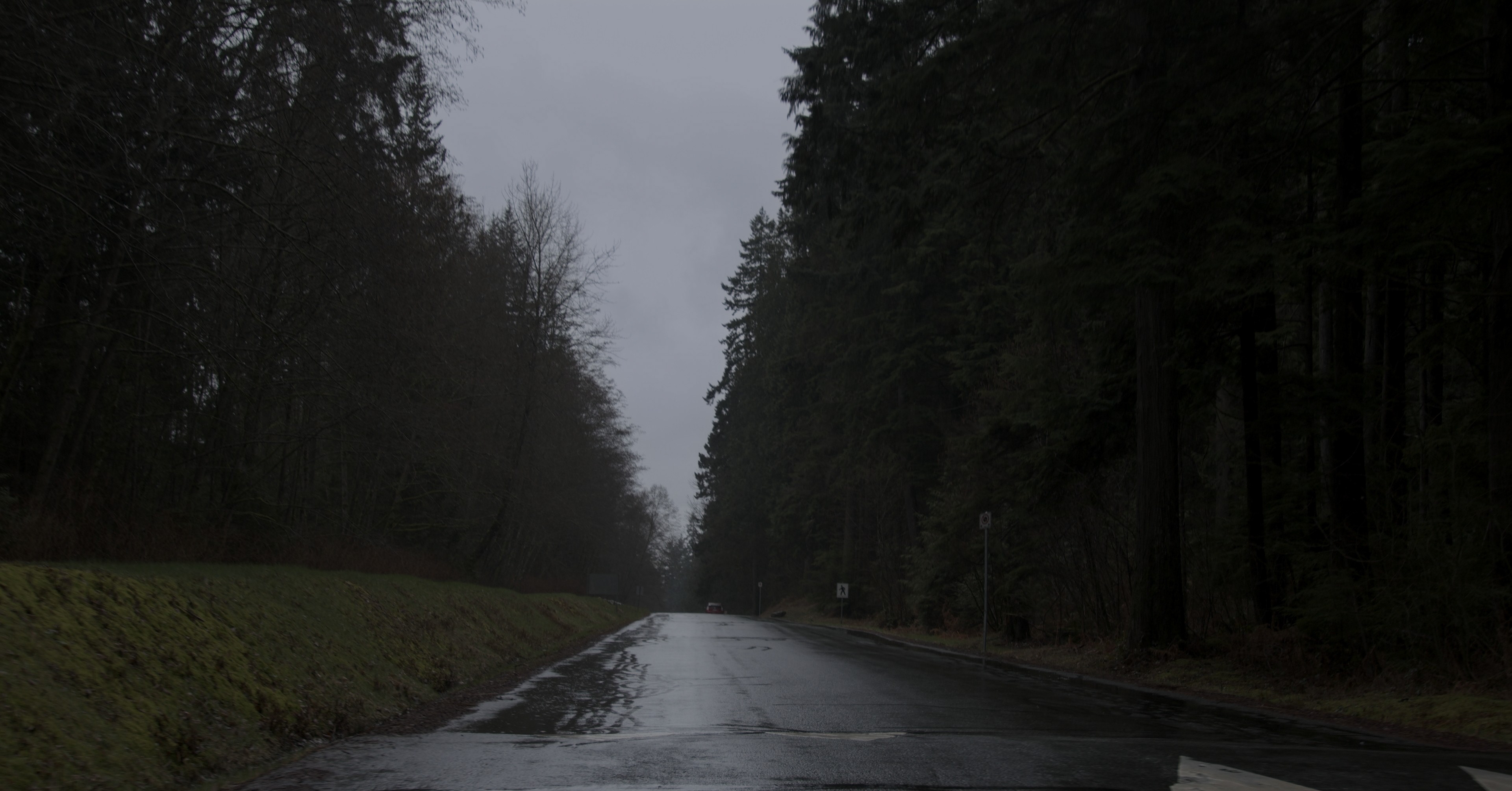
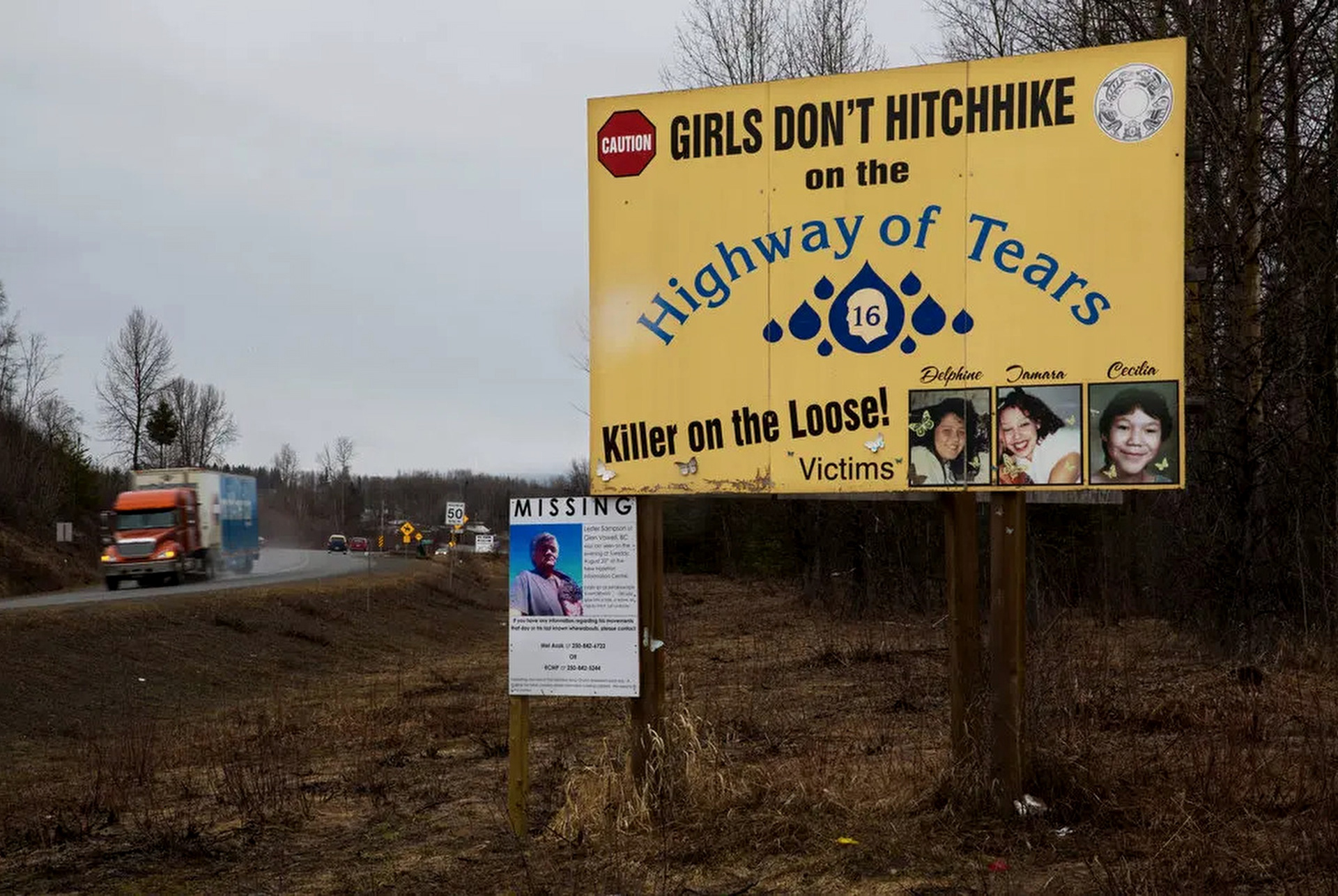
The March
Vancouver downtown east side, especially East Hastings Street, has become synonymous with the missing and murdered indigenous women, girls, and two-spirit people crisis. This street is known for its disproportionately high levels of homelessness, drug use and sex work as well as having the highest population of indigenous people in the city. Due to this, a large number of indigenous women who have fallen victim to violent crimes here, many of which are dismissed under the pretence that they ran away or overdosed.
In response in 1992, the indigenous communities in British Colombia came together to protest in downtown Vancouver, raising awareness for the unsolved and covered up violent crimes against these women. Known as the ‘Women’s memorial march’ to this day people come together on Valentine’s Day and march in honour of the ever-growing victim count.
Due to the number of victims being found or last seen on East Hastings, during the march loved ones stopped at the last known locations and laid flowers to commemorate their lives.
This beautiful and powerful display of resilience truly encapsulates the strength held in these communities.
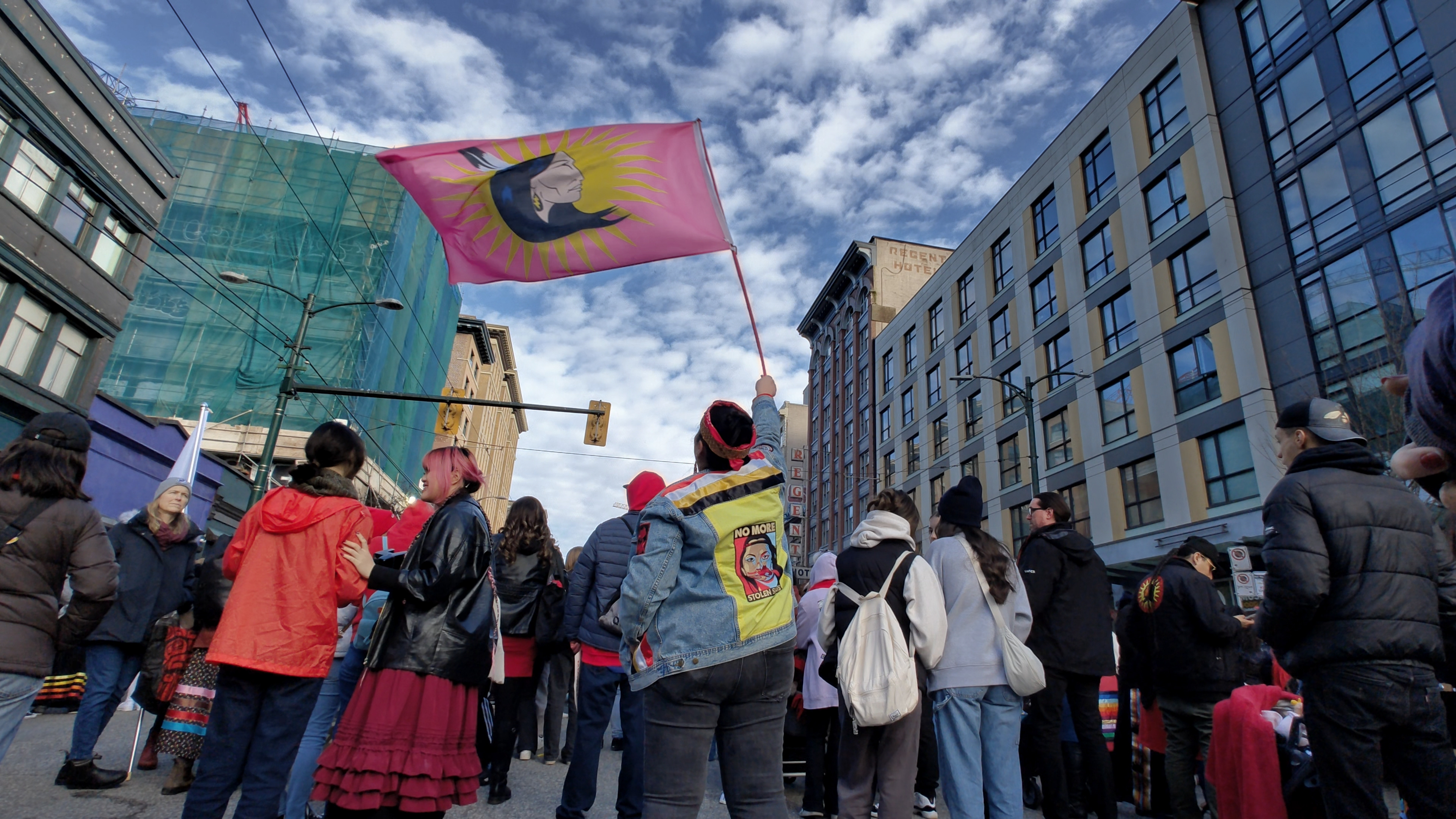
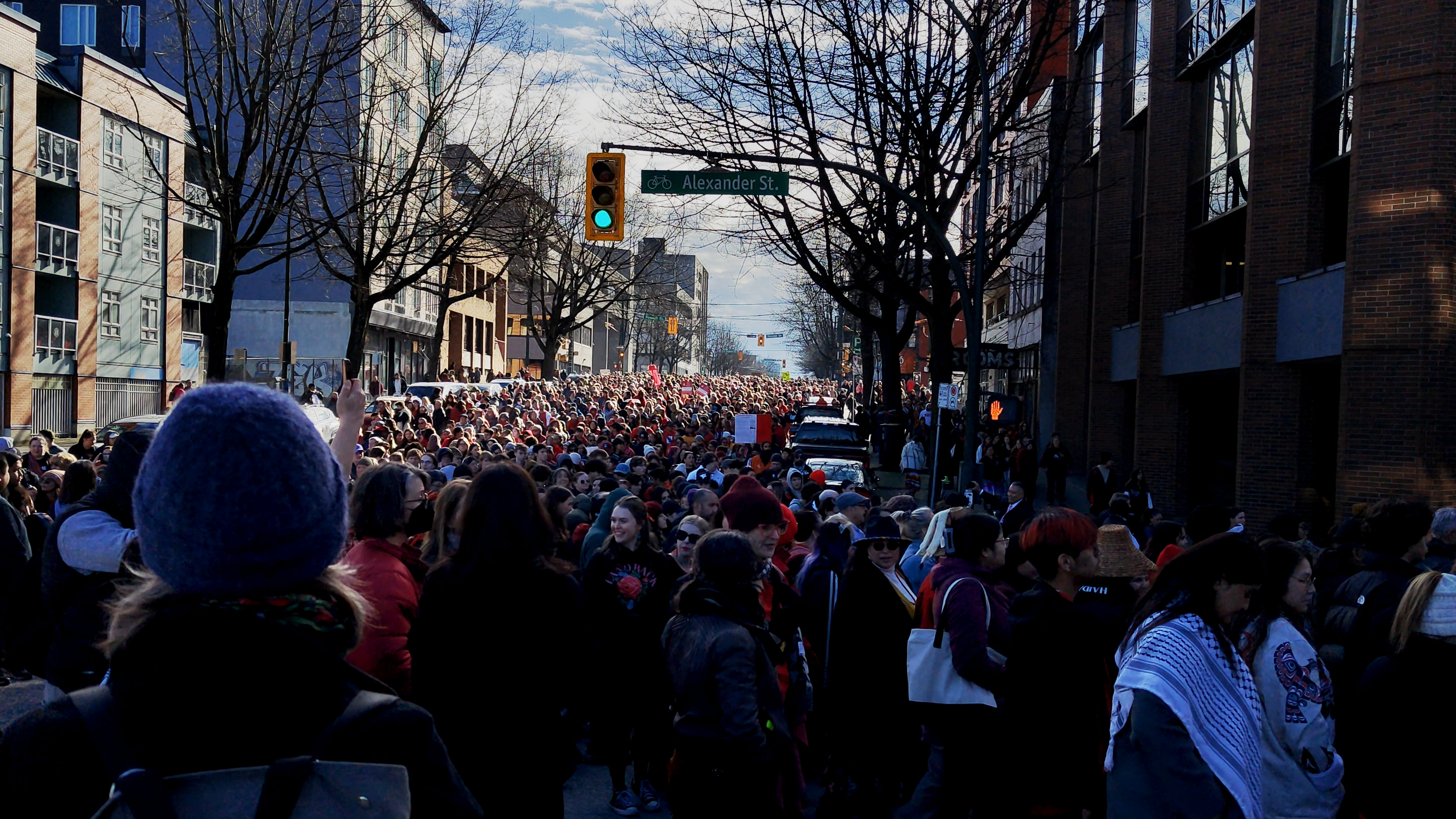
The People
Understanding the crisis of missing and murdered Indigenous women, girls, and two-spirit people requires listening to the stories of those most affected. These resources offer valuable insights into the systemic issues that have allowed this tragedy to continue in Canada.
Al Jazeera: 'If she was white, she would still be here'
This six-part series provides a poignant look into the lives of some of the Indigenous women and girls who have gone missing or been murdered along the Highway of Tears in British Columbia, Canada.
This six-part series provides a poignant look into the lives of some of the Indigenous women and girls who have gone missing or been murdered along the Highway of Tears in British Columbia, Canada.
Amnesty International: No More Stolen Sisters
This resource highlights the human rights response to the #MMIWG2S crisis in Canada. The website includes vital background information, statistics, and links to ongoing conversations about justice and reform.
This resource highlights the human rights response to the #MMIWG2S crisis in Canada. The website includes vital background information, statistics, and links to ongoing conversations about justice and reform.

